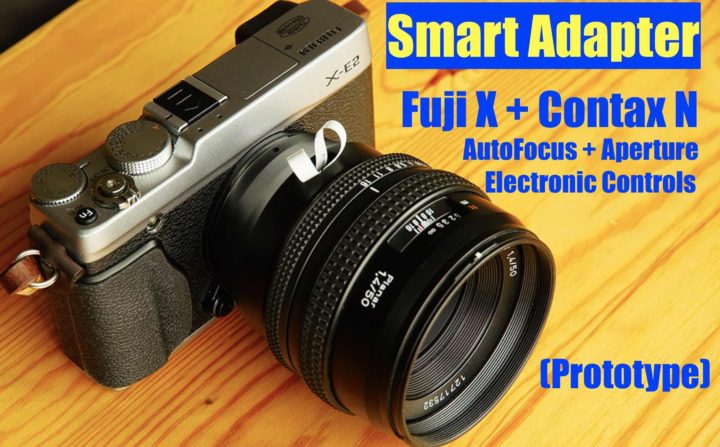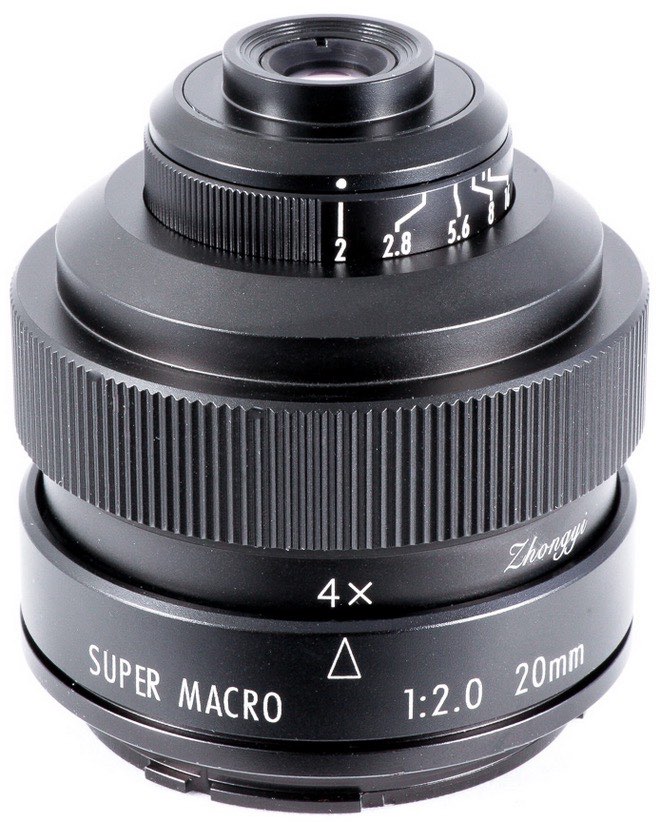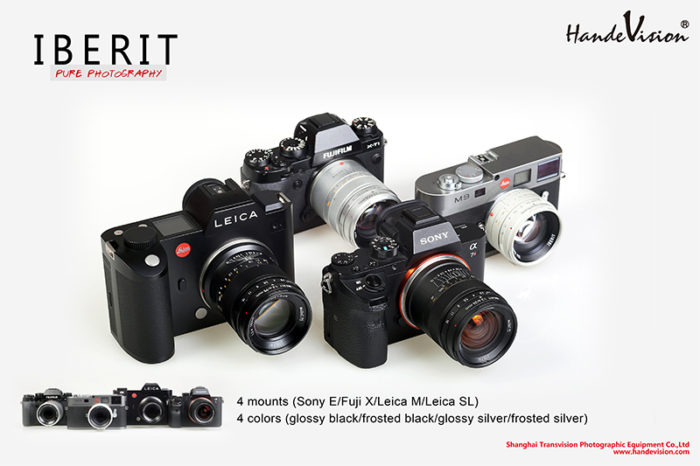
NEW GUEST POST FEATURE
Write Your Articles Directly On FujiRumors!
guest post by Andy Gawlowski – worldwidewax.ch – facebook – instagram
Travel photography demands high technical performances of a camera. A suitable camera should be able to reliably deal with constantly changing lighting conditions (dynamic range, ISO-performance, white balance) and react as fast as possible to spontaneous moments and movements (autofocus), just to mention the most important requirements. Among the “must have” of such an all-rounder camera are anyway colour-balanced and sharp photos.
Since the market launch back in 2012, I have been shooting with the Canon 5D Mark III and numerous prime lenses from Canon. The 5D delivers excellent picture quality, is fast-paced, and has a very good ISO performance for most situations. It comes quite close to such all-rounder. However, throughout the past four years I often met and exceeded the limitations of the 5D, which drove me crazy at times and brought me somewhat to the point of despair. These weaknesses include in particular its size, its crazy high weight (12kg in total with all lenses) and its poor dynamic range.
For my trip through Morocco in October, I got the opportunity to photograph with the Fujifilm X-Pro 2 to test the camera thoroughly. I have been wanting to try a mirrorless-system for a long time. Nonetheless, a full frame mirrorless camera would be no option for me. Full-frame mirrorless offers zero advantages compared to full-frame DSLRs in lens size and weight (only the 70-200f.2.8 weights 1,5kg!). So if you have a bag full of gear, the only area where you can save space and weight is the camera body alone which isn’t a big benefit. Initially I was very sceptical towards the idea of changing from a full frame to a supposedly weaker APS-C system. Given my high expectations regarding picture quality, I could hardly imagine that an APS-C camera could nearly keep up with a full frame camera.
My resume after travelling for two weeks with the X-Pro2? I’m just about to sell my entire Canon gear and switch to Fujifilm. Here are the reasons.
Push READ MORE to Enjoy Stunning Images & Read the Full Story





